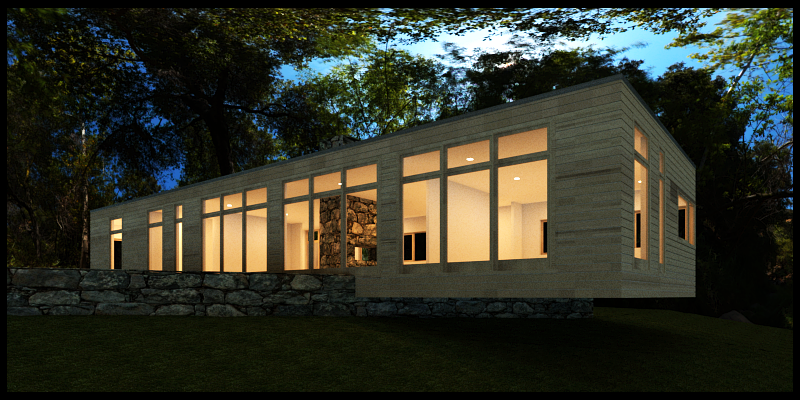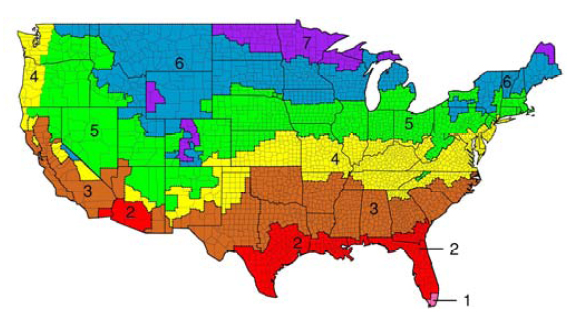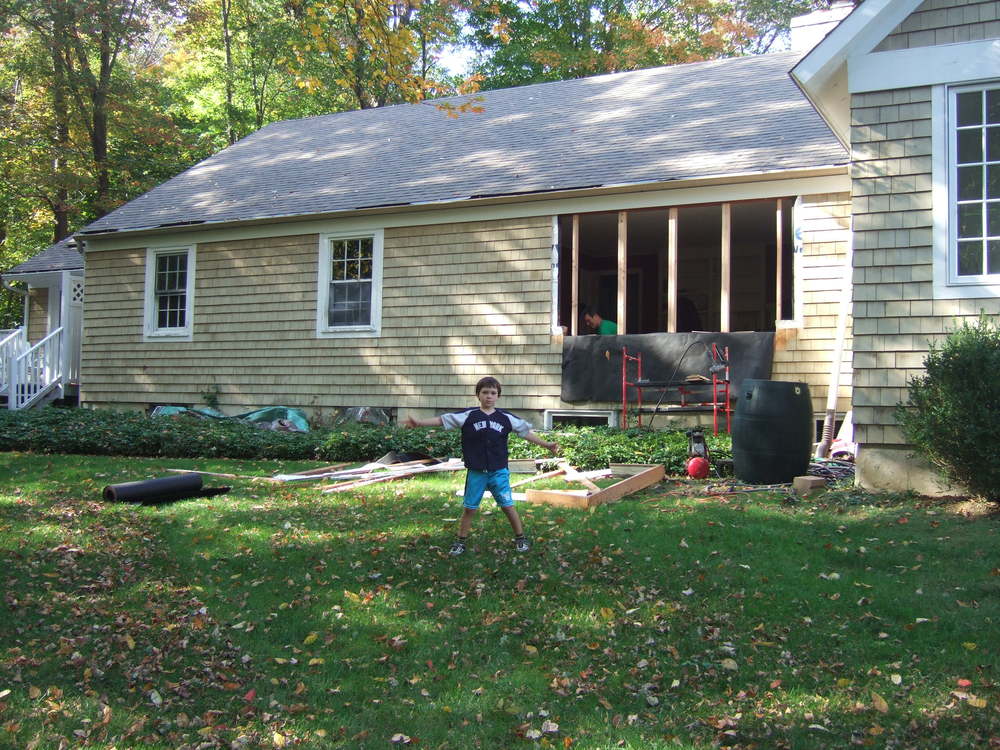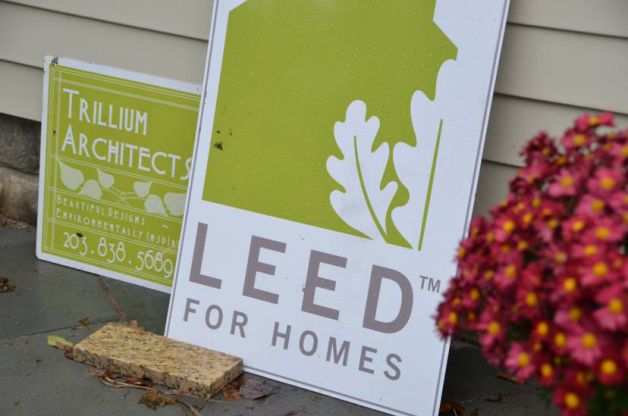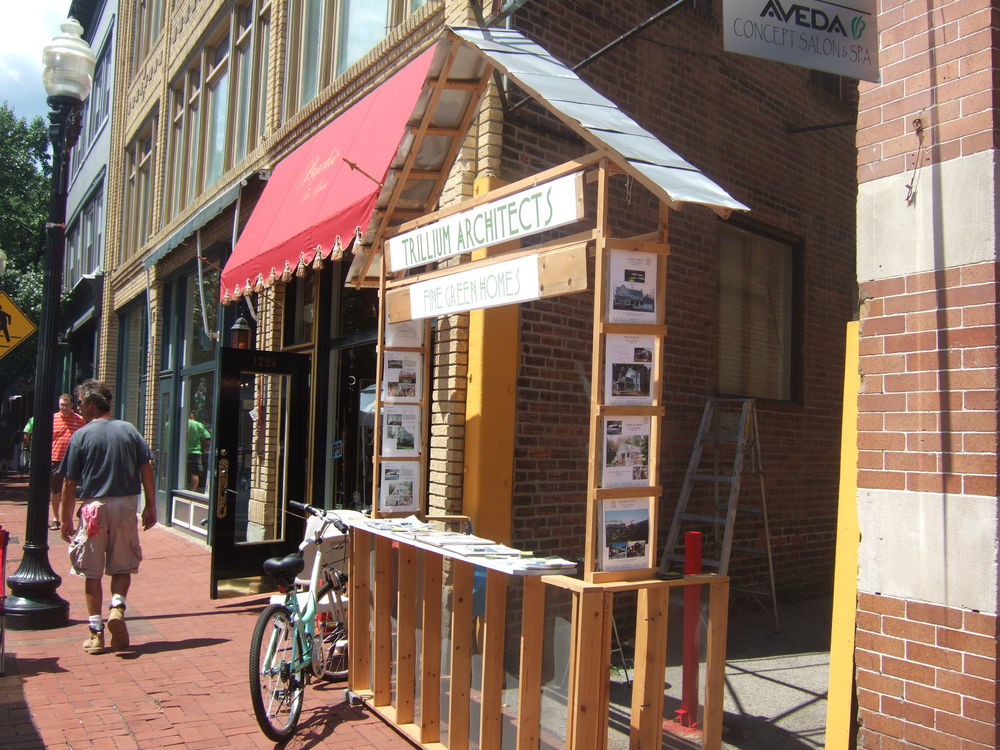(But remember ~ Justin is in Colorado- things are a bit different here in the North East…but not much…)
Hybridize Your Home!
‘Hybridize Your Home’ is a term that I like to use to describe the path to alternative energy because it seems like so many think that energy efficiency is still the realm of granola-eating hippies at the one end, and the changing of a few light bulbs at the other. Hybridized makes us think of smart neighbors that drive a Prius and have Scandinavian designed computer bags. Also, hybridization implies multiple systems functioning simultaneously, or trading off when it is better for one to work than the other. Which is perfect for describing how we can improve the value, livability, and carbon footprint of our homes.
I raise hybridization and alternative energy with you as your Realtor because it is fundamentally tied to the cost of your home, and the long-term enjoyment and comfort of that home. (As always, email me at justinchipman@kw.com or give me a call at 303-955-4618 for specific information about your home, or to schedule a free consultation).
Because it is beyond the scope of an email, let me give you ten quick ideas to think about alternative energy and the direction that you need to take to maximize the use of your dollars, and to minimize the cost of living and the energy that you use.
As a general rule, lower your consumption through efficiency and smart choices, then look to the sun. Here are some important steps.
1. Look at your energy bill! Most people just see the shocking number at the bottom, but you need to look at the breakdown between gas (or oil) and electricity. Chances are that, if you are in Colorado, you spend vastly more on gas (North East = Oil) than you do on electricity. Also, it is important to remember that the energy company is a privately owned, for-profit business. By law they seek to maximize their profits, which means they want for you to spend as much as you can. See them as a direct competitor for your money, so they are not a reliable source when you have questions about how to minimize your energy needs.
2. After you determine which is greater, consider that you will get more bang for your buck by first focusing on more efficient gas systems than on replacing your electrical system. It looks really good to get that big rack of panels on your rooftop—and I encourage that--but it is always cheaper and easier to go for the other things first. Let the savings from a tank-less system pay for those panels in a few years.
3. ‘Go Tank-less’. Tank-less hot water systems have come a long way. They are expensive if compared to the up front cost of a conventional hot water unit, but that difference is paid off quickly. It costs more to keep a conventional hot water heater hot than it does for one person to actually use a tank-less system. Think about how really stupid it is for us, as a nation, to be keeping 4.8 billion gallons of water hot all of the time.
That’s right, about 4.8 billion gallons of water are being kept hot right now. We could save that energy every second of every day just by going tank-less.
4. Replace when things break. Most of us have old hot water heaters and forced air heating systems. If you have a furnace that needs new guts, or a hot water heater that has rotted from inside out, then now is the time to go tank-less. Tank-less systems can REPLACE your furnace AND provide you with hot water. The savings are massive (can be about 50%). These systems seem expensive up front, but remember the cost to our society—4.8 billion gallons being kept hot every second of every day. The cost of the replacement is actually trivial by comparison.
Remember, the energy companies are your enemy in this. 4.8 billion gallons of sitting hot water is nice payday for them, so the nation by being sensibly alternative costs the private energy companies Trillions. Oh, that is not a loss unless you watch Fox. Those trillions saved by you can be used to spend on other things that you might want more. Things like sending your kids to college. A new car. A nicer home. You get the idea.
5. Solar Thermal Supplement. (SOLAR DOES WORK IN THE NORTHEAST! Not as well as it does in Colorado, but it does work). Solar thermal panels can quickly heat water to near boiling temperatures, so much of the time this can provide you with your domestic hot water needs (if you can adjust when you shower and do the dishes, solar thermal systems can easily replace the need for any other hot water system.) The panels are also relatively inexpensive. The water from the sun was so hot, that …
I have lived in homes where all of the domestic hot water was provided by the sun. Other than showering in the afternoon instead of the morning, it is really no big deal. In traditional homes, this super hot water, provided free of charge by the sun, can go a long way to heating the home, also.
6. Boiler Replacement. If you have a boiler, not a furnace, then consider a new boiler. New boilers operate at 96% efficiency. Old boilers commonly do about 55%-60%. You can cut the heating cost in half. I have paid off boilers in 3 years, so as a simple investment it is kind of a no-brainer. I know that it isn’t sexy to, say, forgo buying that new car, but pay for the new energy systems first—the savings will pay for the car in a few years.
Again, the energy companies are not your friends. They want for you to pay them to pump natural gas into your home and to generate electricity by burning coal to boil water to turn a generator so that they can run electrons through your wires.
7. Boilers will do your domestic hot water. If you have a boiler you can easily add a zone that will heat all of your domestic hot water. The boiler has vastly more power than a hot water heater, so it does so much more efficiently and cheaply. You can also add a couple of cheap rooftop solar thermal panels, which will supplement this system, also.
See the pattern here. Make your system more efficient, then look toward the sun. Don’t get all solar, first. You will need giant, costly systems if you try to go all solar without getting efficient first.
8. Now that the gas (oil) hogs are eating less, get to the electric. Here is a punch list of electric savings:
A. Turn off your lights, silly.
B. Hang dry most of your clothes. You don’t need lines outside, just get a pile of plastic hangers and hang the clothes on a rod, on a door, on the shower curtain, even in the closet. It will humidify your home and your clothes will smell great. The dryer is one of the two big hogs in your home. It takes seconds and saves you a bundle.
C. Electric piggy number 2 is your refrigerator. If you have an old one, get rid of it. Get rid of the old on in the garage or basement, too. We buy massive amounts of food in bulk to save money, then we spend hundreds keeping it cold or frozen for six months.
As a note to anti-regulation bozos, the refrigerator is the great example of how regulation can work in our favor. Basically modern refrigerators use about 40% of the energy than those built in the 70’s. Our scientists and engineers are smart, just give them the right problem and they can probably get it done.
D. Hitch all electronic devices to power strips—in one or two easy locations--and turn the strip on and off as needed. You can also buy a $5.00 timer so that you only have the power strip turned on during specific times. Do it manually if you don’t want to do the timer thing. I have built switches into my house so that I can turn off specific outlets that are likely to have charging devices or items like stereos that always seem to have something turned on. This is impractical for many, but it makes a difference. Think, how many clocks do we need?
There are billions of devices that are turned on, but not being used. A power strip and an ounce of conscience would save us, as a nation, billions of watts.
9. Get that bill out again—After you have made some easy changes--how many watts do you use now? Once you know how many watts you use each month, then you can predict the size of solar system that you would need. It is much, much cheaper to simply turn things off than to buy another 1000 watts in generating power, I can show you this if you don’t believe me.
10. Net metering! In most places you now have net metering. When you are generating power that you are not using, your meter runs backwards. You are giving to the grid and other users can take advantage of your personal power generation. Easy. No political battles. No giant federal programs for those of you that are celebrating ‘Confederate Month’, and no more infrastructure. It is really quite brilliant. The sun is shining and it is hot. You aren’t at home, but your solar panels are generating power like crazy. You are sitting in your office, and since your office is using electricity, and your home is making electricity and giving it back to the grid, you are indirectly contributing clean energy to the cooling of your office.
Think of the city as a giant tree and each rooftop as a leaf of that tree. The existing electric grid is like the branches of that tree, so the system is already in place to distribute the power generated by individuals.
I know that I harp on this point, but the energy companies are hostile to this system because they no longer monopolize power generation in a world that is focused on utilizing solar energy. Each end user has the ability to also be a provider. It is naturally co-operative and about nearly as red, commie, socialistic as nature itself.
If you want a preachy, personal rant on the stupidity of the rhetoric of our times, then that is also free of charge. I’ll even buy the coffee!
11. You’re still on the grid, so you don’t have to pay for perfect. These few easy steps, done over time by everyone, would cut total household fossil fuel usage by about 75%. Maybe more. It is important that everyone know that this is a smart investment in your own home, and not a moralistic expense. This isn’t Buck Rogers technology, either. It is off the shelf technology, particularly cost effective when installed in the place of outdated systems, backed up by the system that we all currently use and understand. It is simple and insanely inexpensive when compared to the trillions of dollars that we will spend in order for the energy companies to provide us with energy that they produce.
If you have read this far, you are truly my people and I thank you!
Thanks.
Justin
